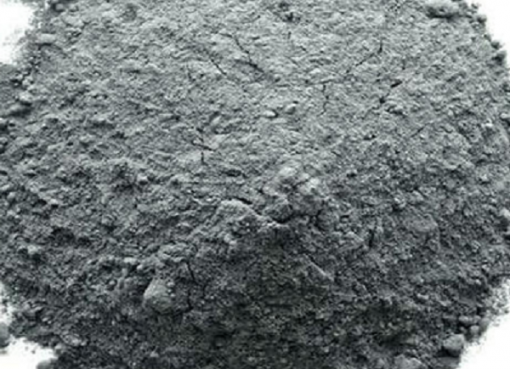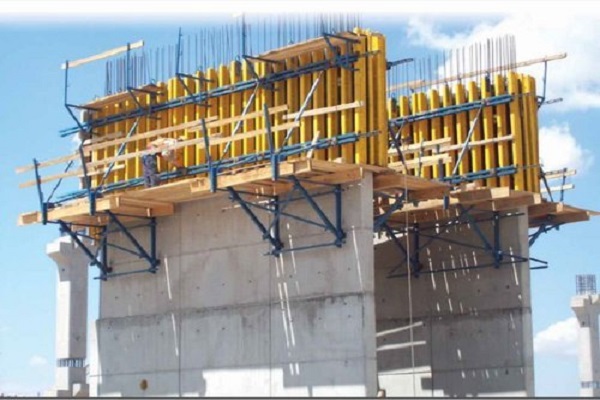Structural composite lumber (SCL) is increasingly used in different types of building projects. Some suppliers of Quebec composite structural lumber even offer their products to construction contractors.
Here is more information on structural composite lumber that will help you understand why it is becoming more and more popular!
What is structural composite lumber?
Structural composite lumber is offered in large blocks (logs) of veneer, strips or chips layered together then firmly bonded with a moisture-resistant adhesive. The grain of each layer of veneer, chips or flakes of this structural product is oriented in the same direction.
SCL is manufactured in a number of standard sizes, up to 20 metres long, but can still be cut by the contractor to obtain pieces of wood in the desired dimensions. Pieces of structural composite lumber can also be nailed or bolted together to form composite beams.
There is no Canadian standard currently governing the manufacture of structural composite lumber. However, it is still evaluated by the Canadian Construction Materials Centre (CCMC) according to a technical guide based on the American standard ASTM D5456 (Standard Specification for Evaluation of Structural Composite Lumber Products).
Main uses of structural composite lumber
In some construction projects (with combustible or heavy timber construction authorized), structural composite lumber can replace traditional sawed lumber.
Structural composite lumber is therefore suitable for a variety of applications:
- Rafters
- Lintels
- Beams
- Floor joists and beams
- Roof trusses
- Partition studs and posts
- And much more
Benefits of structural composite lumber
Because the raw material used in their manufacture comes from small, fast-growing trees and underutilized species, SCL products promote the efficient use of forest resources.
In addition, these products are more dimensionally stable than traditional softwood lumber since their components have been dried to a lower moisture content prior to manufacturing. This makes them almost immune to splitting, chipping or warping.
Different types of structural composite lumber
The term composite structural lumber (SCL) includes several types of engineered wood:
- Laminated veneer lumber (LVL)
- Parallel strand lumber (PSL)
- Laminated strand lumber (LSL)
- Oriented strand lumber (OSL)
Laminated veneer lumber (LVL)
Laminated veneer wood is composed of veneers stacked and glued together with phenolic adhesives. The thin veneers of LVL wood are all oriented in the same direction, parallel to the piece’s length to form thick sections.
The veneers used in laminated veneer lumber manufacture are usually between 3.2mm (1/8 in.) and 6.4mm (¼ in.) thick and are obtained by peeling logs.
Parallel strand lumber (PSL)
Parallel chip wood is made of long chips up to 6.4mm (¼ in.) thick and an average length of at least 300 times its thickness. To form logs, these chips are all glued together in parallel and pressed together.
PSL wood posts, master beams and large-span lintels are often left exposed because of their unique appearance.
Laminated strand lumber (LSL)
Laminated strand lumber (sometimes known as laminated long chip lumber) is made of long chips no more than 2.54mm (1/10 in.) thick and an average length of at least 150 times its thickness. They are all glued together and pressed to form long logs.
Oriented strand lumber (OSL)
Oriented strand lumber is composed of flat chips with a length to thickness ratio of about 75:1 (smaller than those used in LSL lumber manufacturing). These chips are mixed with an adhesive then placed parallel to each other lengthwise and pressed to form a large log.
Source: usihome










